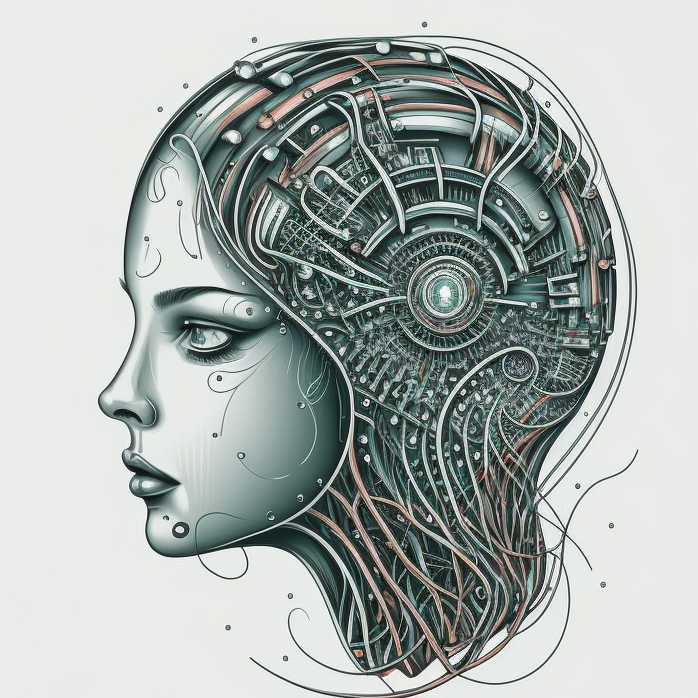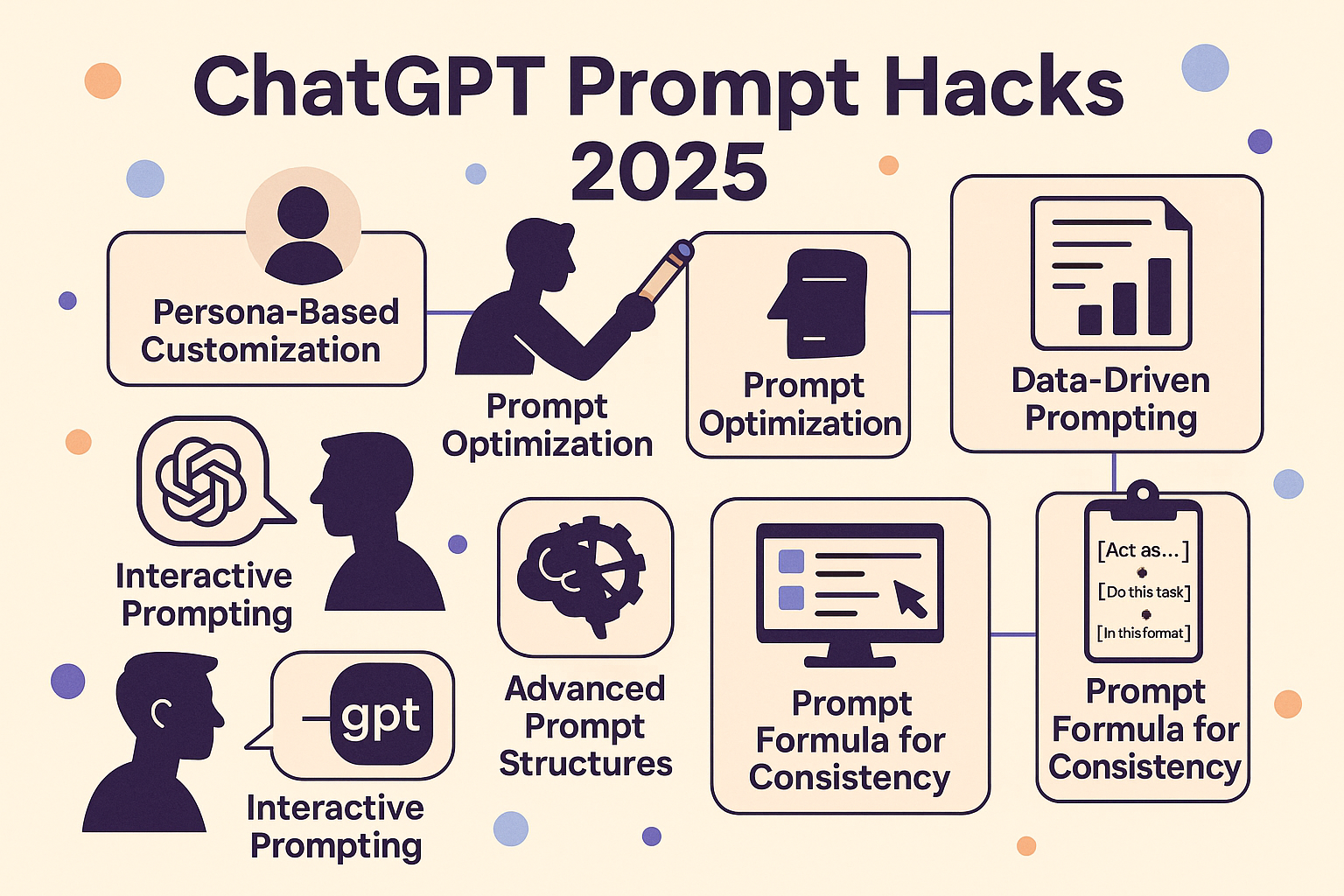AI and HR: Navigating the New Frontier of Talent Management
Leveraging ChatGPT in HR: Opportunities, Challenges, and the Future of Work

Introduction
The intersection of Human Resources (HR) and Artificial Intelligence (AI) is rapidly transforming the business landscape. As AI technologies like ChatGPT become increasingly prevalent, HR professionals are confronted with a new era of innovation and potential. This article explores the impact of AI on HR, the opportunities it presents, and the challenges it poses, with a particular focus on data privacy.
The Rise of AI in HR
AI's influence on HR is significant, impacting the full employee life cycle and decision-making processes. The use of AI in HR is trending upwards, with adoption especially prevalent among larger companies. AI can augment existing HR capabilities by automating routine tasks and identifying insights that would otherwise be too time-consuming to uncover. AI helps transform HR with people analytics by adding predictive capabilities that drive data-driven decisions instead of relying on intuition or surface-level analysis.
Harnessing the Power of ChatGPT in HR
ChatGPT, a large language model developed by OpenAI, presents a multitude of opportunities for HR professionals. Here are some ways HR can leverage ChatGPT:
- Creating Vacancies: ChatGPT can assist in creating content for job descriptions, competency guides, and onboarding tools. For instance, HR professionals can use prompts like "Generate a job description for a Software Engineer role focusing on Python and Machine Learning skills."
- Assessing CVs: AI can sift through hundreds of résumés in significantly less time than it would take a human. ChatGPT can be used to analyze and score resumes based on specific job requirements. A prompt like "Assess the suitability of this resume for a Data Analyst role" can be used.
- Preparing Job Interviews: ChatGPT can help HR professionals prepare for job interviews by generating potential questions or scenarios. For example, a prompt could be "Generate behavioral interview questions for a Project Manager role."
- Employee Training and Development: AI-based employee engagement tools collect data and identify trends of dissatisfaction/needs expressed by the employee base. Chatbots and internal survey assessment tools help HR teams conduct sentiment analysis and deploy data-driven organization initiatives that focus on employee morale, diversity, and sustainability.
The Data Privacy Question
While AI offers numerous benefits, it also raises concerns about data privacy. Privacy risks pose challenges for employers using AI-based HR tools, requiring closer partnerships with cybersecurity functions and vigilance on data output to third-party tools. Questions should be asked of vendors around who else has access to internal data and how they account for laws and regulations. Despite external vendors carrying inherent risk, developing an AI tool is expensive. However, open-source platforms such as OpenAI offer a cost-effective alternative that many companies have adopted.
Handling Candidates Using AI
As AI becomes more accessible, candidates are also leveraging tools like ChatGPT to craft their resumes and cover letters. This presents a new challenge for HR professionals, who must now discern the authenticity of a candidate's application. While AI can enhance a candidate's application, it is essential for HR professionals to ensure that the skills and experiences presented are genuinely representative of the candidate's abilities. Tools like ChatGPT can be used to generate questions that probe deeper into a candidate's experiences and skills during the interview process.
Conclusion
The integration of AI in HR processes is not without its challenges. However, with careful implementation and a focus on data privacy, AI can revolutionize HR, making processes more efficient and informed. As we navigate this new era of HR and AI, it's crucial to remain open to new ideas and trends, harnessing the power of tools likeChatGPT to transform HR practices.



